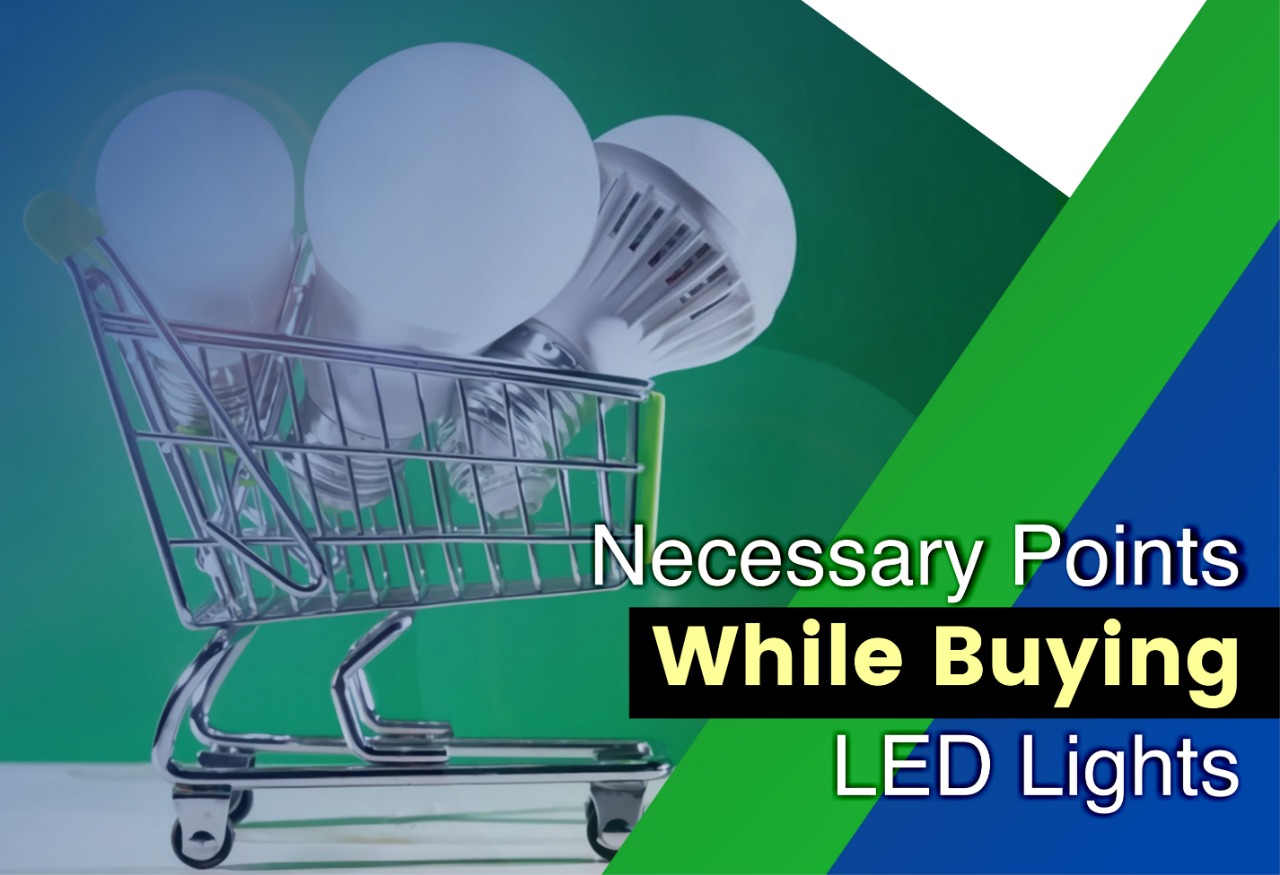
Things to keep in mind while buying a LED light
LED the future of Avant lighting is here to illuminate your houses and hearts. LEDs have modified our light view completely. If you have consistently been enticed to LEDs though have never got the time to change to it, here is all the knowledge you need to make a judgment. LEDs have demonstrated their energy durability and efficiency for as long as 20 years. It has an array of light options to choose from. You can buy more hospitable colors of light unlike the intense white light in CFL bulbs. LED bulbs, even though highly-priced than standard incandescent bulbs, are more economical in the long run. The less power consumption and more light model have made LED indeed a bright idea.Their prices too have seen a specific drop over the years. The LEDs come in various colors, shapes, and luminance. Here are a few tips to consider while choosing the right bulb suited to your needs. Because your home deserves the best.
1. Lumens, not Watt
Lumens are for LEDs as watts are for CFLs. For the regular incandescent bulbs, we are well aware of the extent of watts to be brought, 60 watts or 100 watts. Since these bulbs have been around for generations this information is something we have heard our parents talk about and have some knowledge about it in advance. We are also aware of how much light we can expect from a particular watt of the bulb. The change from CFL to LED hence will need some understanding and learning. LED bulbs are also rated by watts but it is difficult to compare them with the incandescent bulb as there is no uniformity for comparison. Therefore, the use of lumens as a base to measure brightness is more appropriate, for example for a 60-watt incandescent light an 800 lumen LED can be brought.
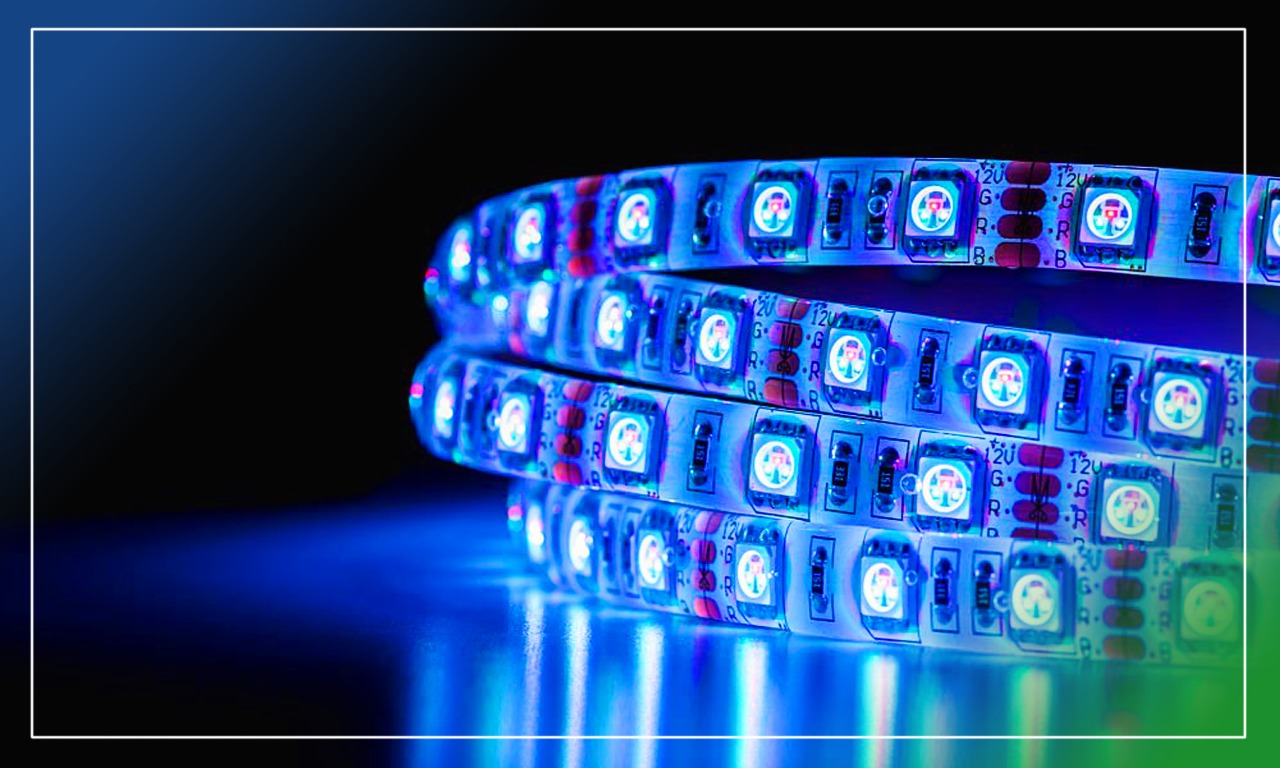
2. Shape matters, match it with your fixtures
Unlike incandescent, LED bulbs come in an array of shapes and sizes. This gives us the option to recreate the aesthetics and visual appeal of our homes. There are spiral bulbs, large formats, globes, golf balls, spotlights, floodlights. Some may be in exquisite candle shapes to give it a more antiquated look. MR16 is a small cone-shaped bulb used very extensively. The large formats with filaments in a retro style or a GLS (general lighting service) which is more of a classic type look or a golf ball more suited to your pendant lights. With so many options you are spoiled for choice. In general, large bulbs go with large lamps and small bulbs with smaller lamps. Make sure the bulb fits perfectly inside the lamp. A clear large bulb with filament adds that distinct touch to your rooms adding charisma with beauty. The lamp, however, has to be pendant shaped to fit in a filament bulb. Pearl colored white is usually preferred for table lamps and floor lamps with a shade.
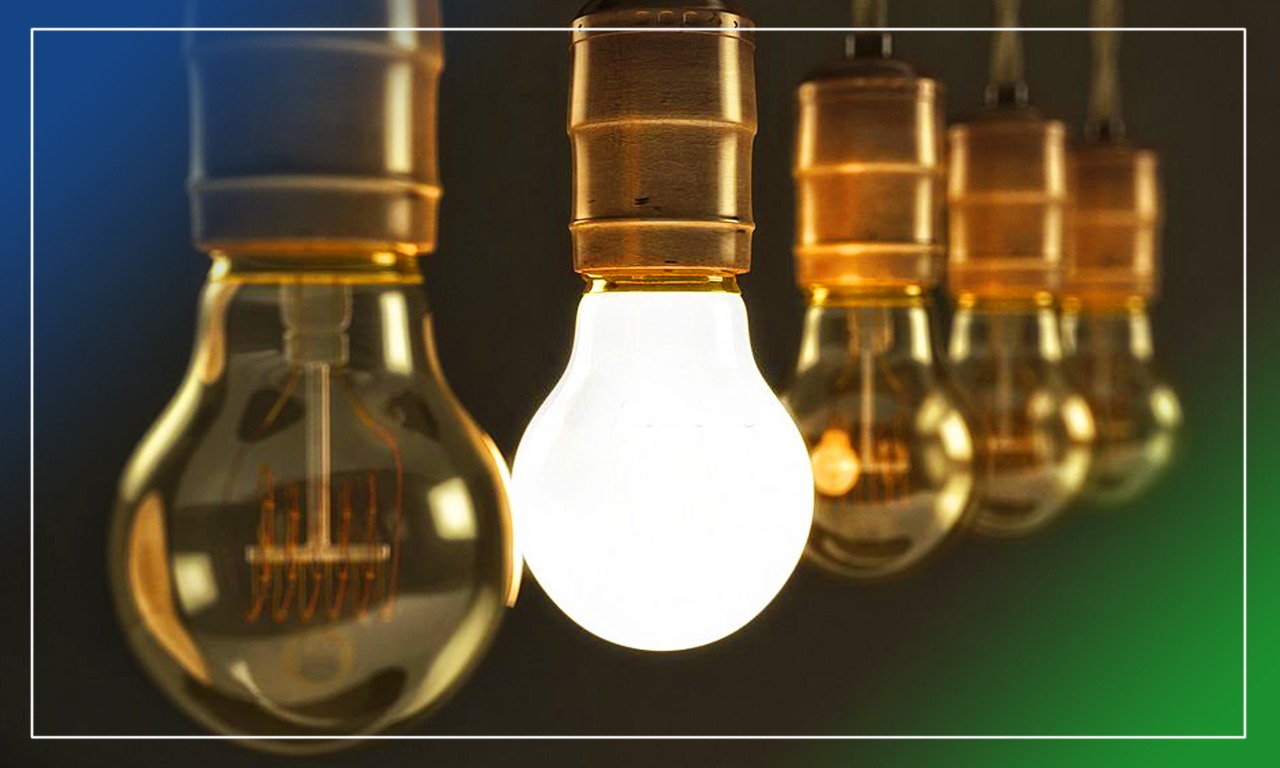
3. Deploy LED's where most required
LEDs may be appealing and help us save on energy power but are still comparatively expensive hence should be used only at places most essential. LEDs should be fixed in spots that are easily visible and require lots of light, it should add an aesthetic appeal. LEDs are best avoided in hidden and less frequently used areas. The LED’s even though expensive will give you a return on investment in the long run. Your investment will payback in terms of durability and energy savings. It is best to use LEDs where the payoffs are the highest, place them where the brightness is required and the home traffic is highest.
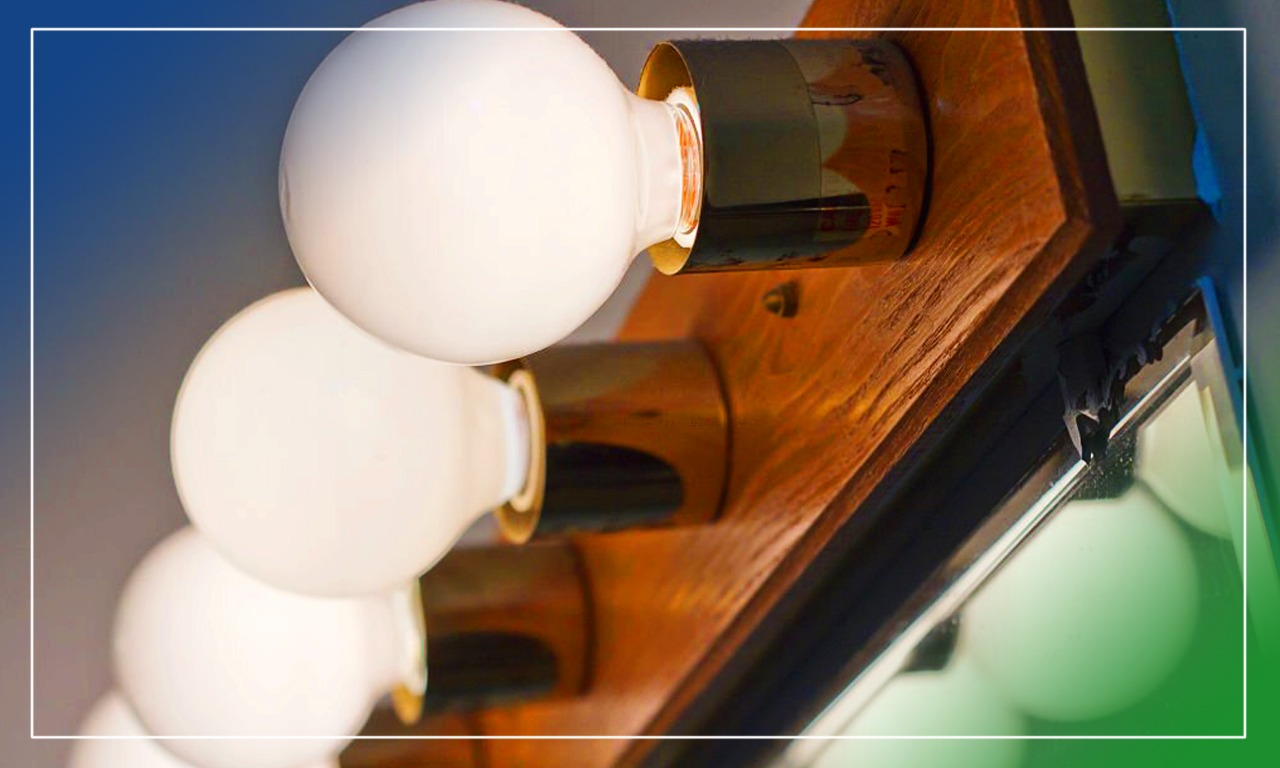
4. Optimize for the dimmers
Using dimmers is an excellent choice to change the mood of any room. LEDs may not be the best choice for dimmers. Many of the bulbs are not compatible with dimmers, some flicker, some buzz, and others just fail to respond to the dimmers. But companies are coming up with more options to choose from for the use of dimmers. Do read the packaging for details if you want to use it along with a dimmer switch. Another option is to replace your dimmer switch which is compatible with both CFL and LED bulbs, there are quite a few now available in the market. This is also a good option if you are renovating your house from scratch.
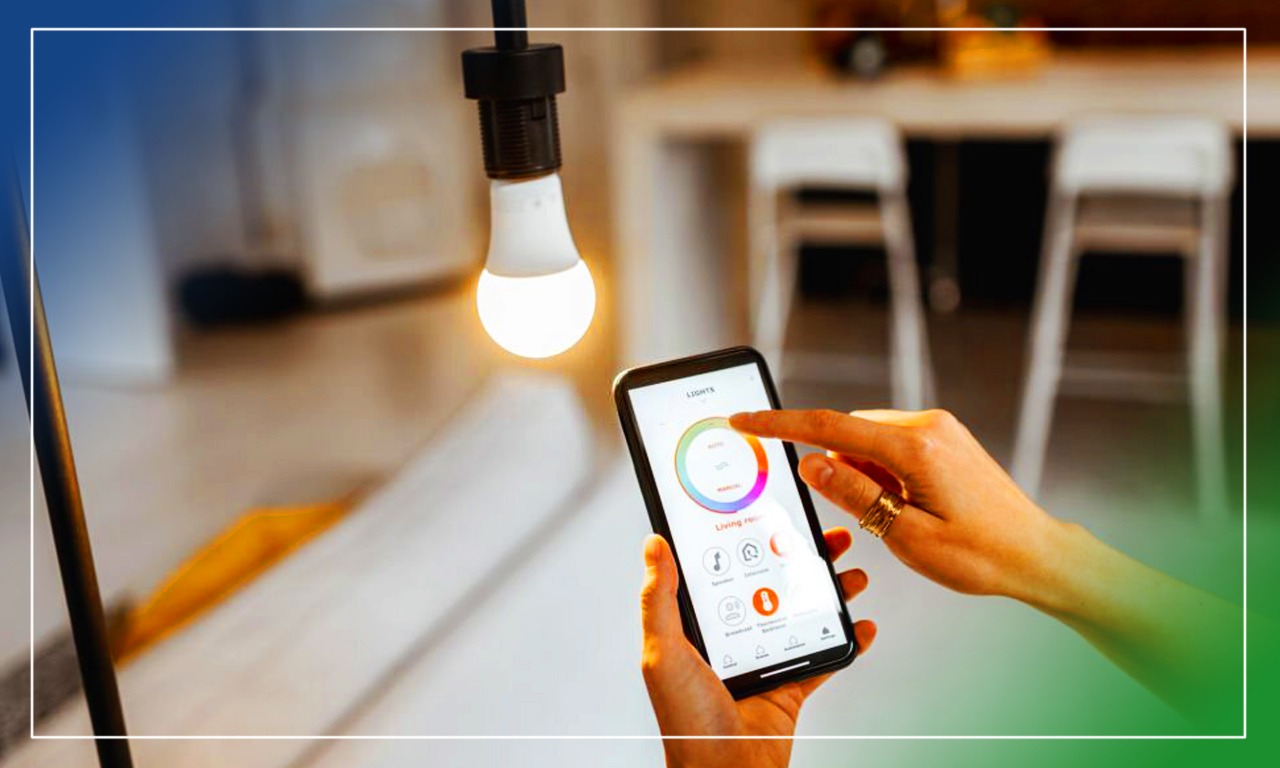
5. Colored bulbs
LED bulbs have diverse options in terms of color. If the harsh white light of the CFL brought discomfort to your eyes, LED is your savior. LED bulbs have options like warmer yellow-white, whiter white, and a more blueish white to choose from. The color can be chosen based on the room, area, and mood you desire. The icing on the cake is that they also have the option of having all three colors in the very same bulb. All you need to do is switch it on and off to change the color. An off-white bulb can help draw one’s attention to the home décor to show off the corners and artifacts of the house, but make sure you don’t go too bright. Always check the packaging for the color, it is determined by the temperature number the warmer the light.shown on the Kelvin scale. Higher the Kelvin number bluer the light and the lower the Kevin
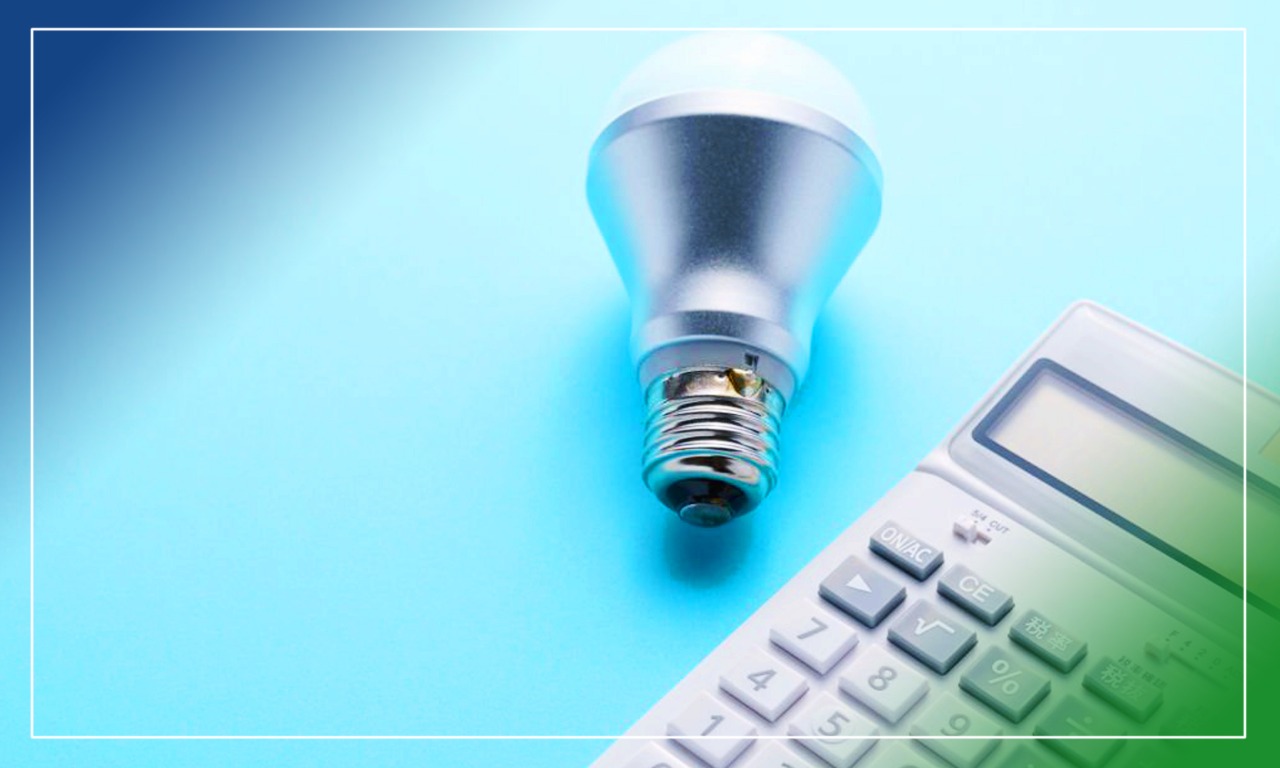
6. Worth the savings
The initial cost may seem expensive but in the long run, it is very economical to invest in an LED. An LED may cost you 10 or 20% more than a regular incandescent bulb but energy savings are 50% less so has proven to be more cost-effective in the long run. Energy.gov has compared a 60-watt incandescent bulb to an equivalent 12-watt LED. Here are a few pointers to help you understand.
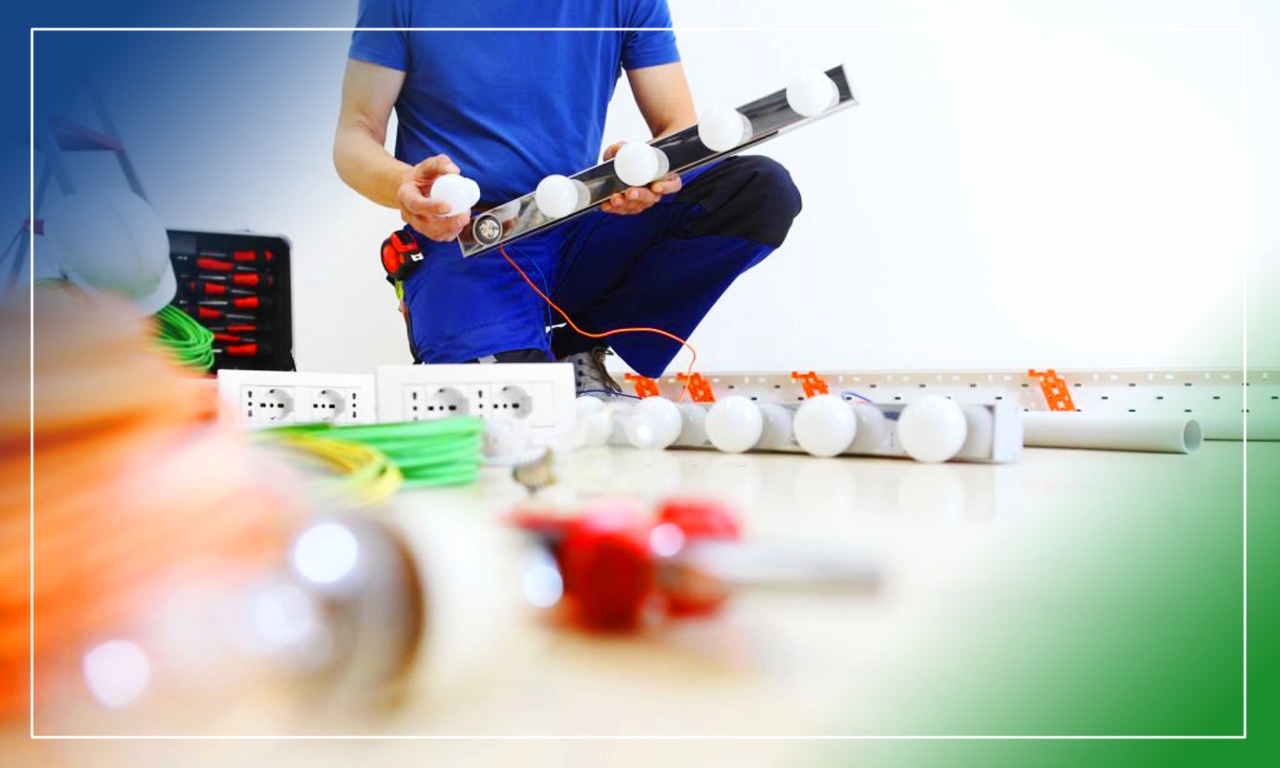
7. Check the sockets
Make sure the new LED bulbs fit into your old sockets. The bulbs are made to fit into the traditional sockets but can have some variations. The right position, the depth, and the type of socket should always be kept in mind before buying a new LED especially if you are replacing it from CFL to LED. Old and worn out sockets should always be replaced
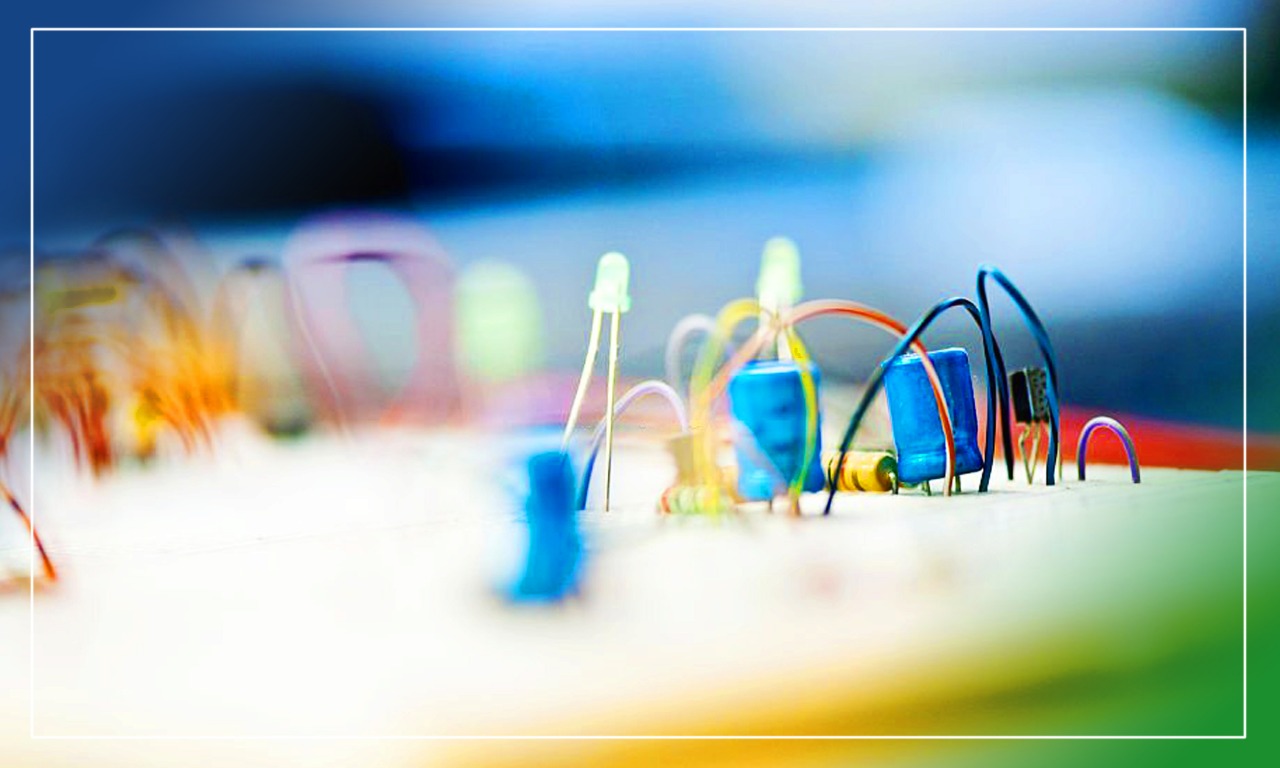
8. Quality is the most important element
Quality is key. LEDs are famous for their long lives, but if the manufacturers do not deliver the quality it can work the reverse. Always choose a reliable manufacturer with good reviews even if it costs on the higher side. Poor quality LED’s may die out even before a CFL bulb..
9. Heat and LED's
LED bulbs produce only small amounts of heat but they are highly susceptible to heat damage. Hence if LEDs are fitted in enclosed lamps, the heat gets trapped in the lamp and causes damage to the bulb. Too much heat in the enclosure can kill an LED bulb. As a precautionary measure, it’s best to use LEDs for average temperatures – not too hot, not too cold for longevity.
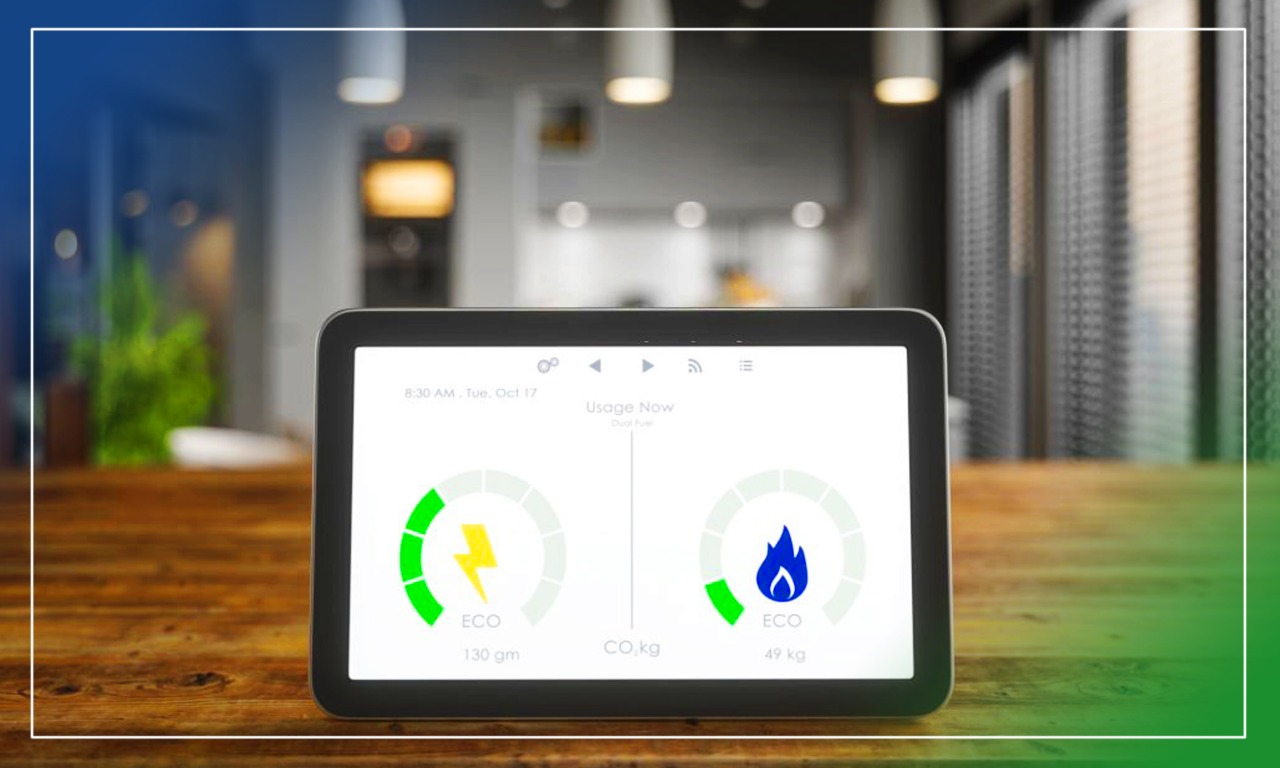
Genius LEDs are here to stay. It has proven itself in terms of cost-effectiveness and durability in the long run. It helps you enhance the interior and exterior of your home. So be smart, power smart, LED is a bulb that lasts.